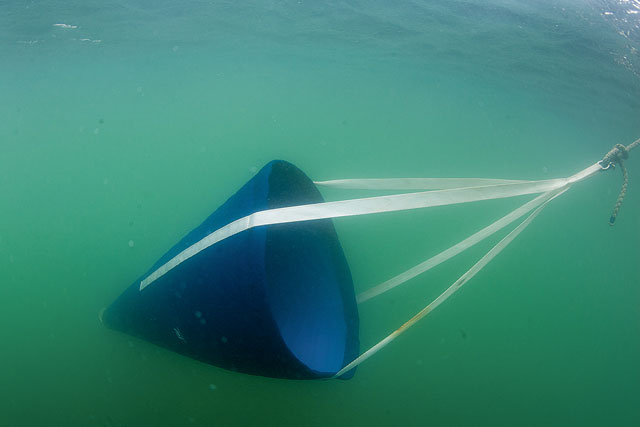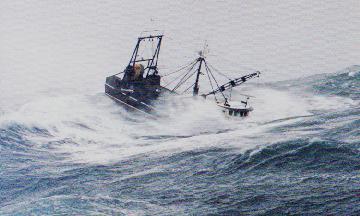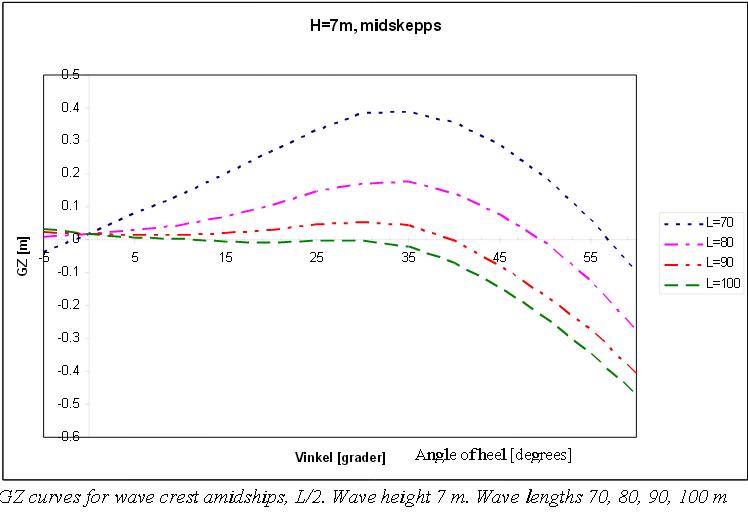In the recent thread “What the Hell is Good Seamanship” one thing that was repeated a few times as a necessity was the ability to steer in a following sea.
Never having done it, I wasn’t sure what about it would be so difficult.
That all changed really quickly when I bought a 28’ sailboat and motored it from Baltimore down to Norfolk through the Chesapeake last weekend. With winds from the North and the tide ebbing, it was a full time job to hold a course. I had no GPS, just charts and a compass and I was doing a lot of night time sailing so it was important that I stay on track. I certainly have a better understanding of what is necessary to steer in a following sea now. Mainly constant rudder adjustments (often large) to compensate for the yawing of the boat. Correct?
Steering my sailboat I could feel the “wheel’s kick” (…and the wind’s song, and the white sails shaking…) and could steer just by feel while keeping my eyes straight ahead. I automatically knew whether or not my rudder was amidships. But I was trying to think how I would do it on a tugboat. Most of the ones I have sailed on have “non follow up” helms.
What do you guys prefer for steering in a following sea? Seems like a NFU would have you constantly checking you indicators since you can’t keep track of the rudder positions by feel. So what’s better choice? A Full Follow up? A wheel?
Having never had to do it, I can’t say for sure but I feel like I could steer much more efficiently with a wheel. (I’ll admit, I’m also just a sucker for tradition)
Just curious what you guys think is best, especially you older guys.



